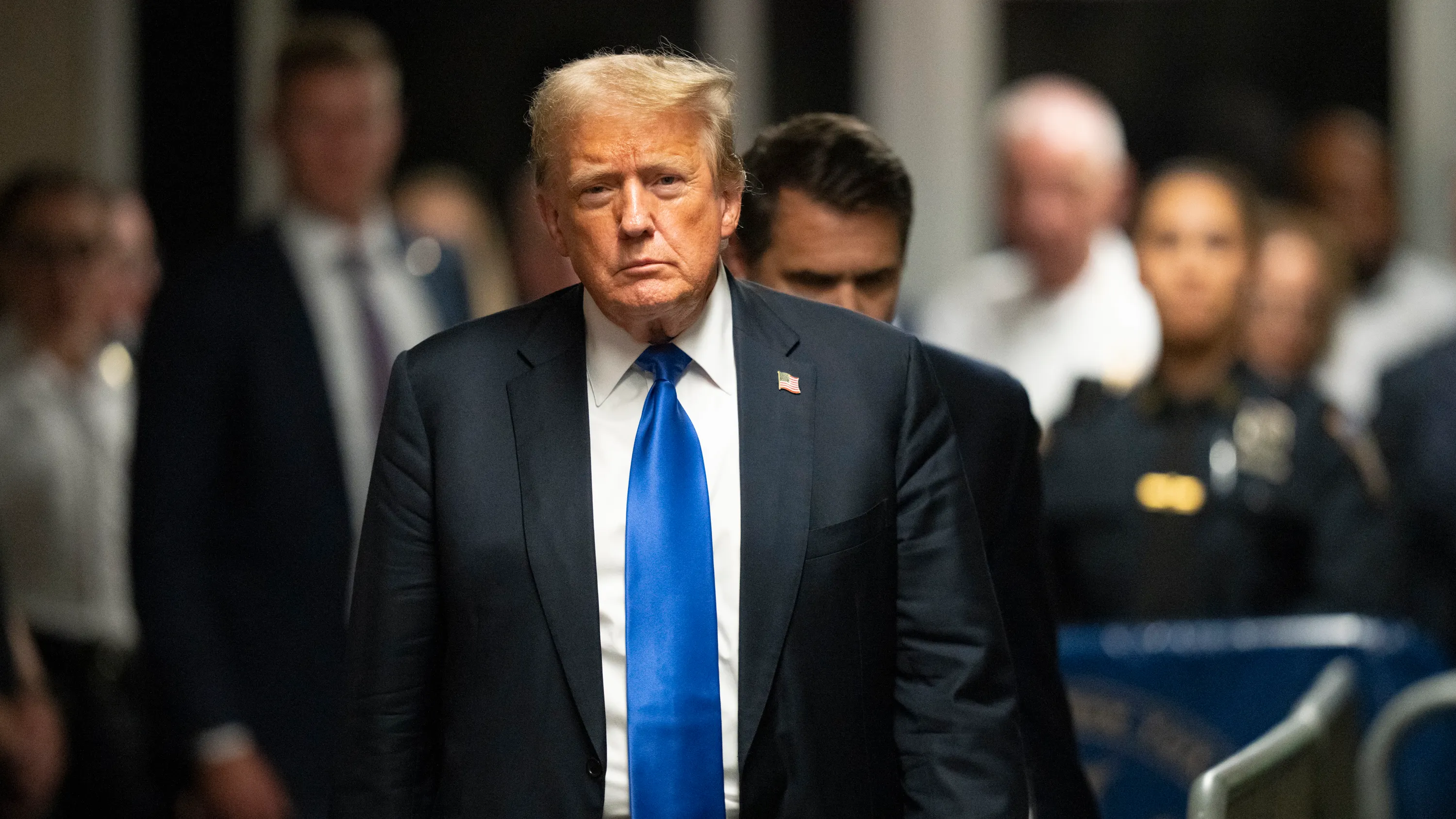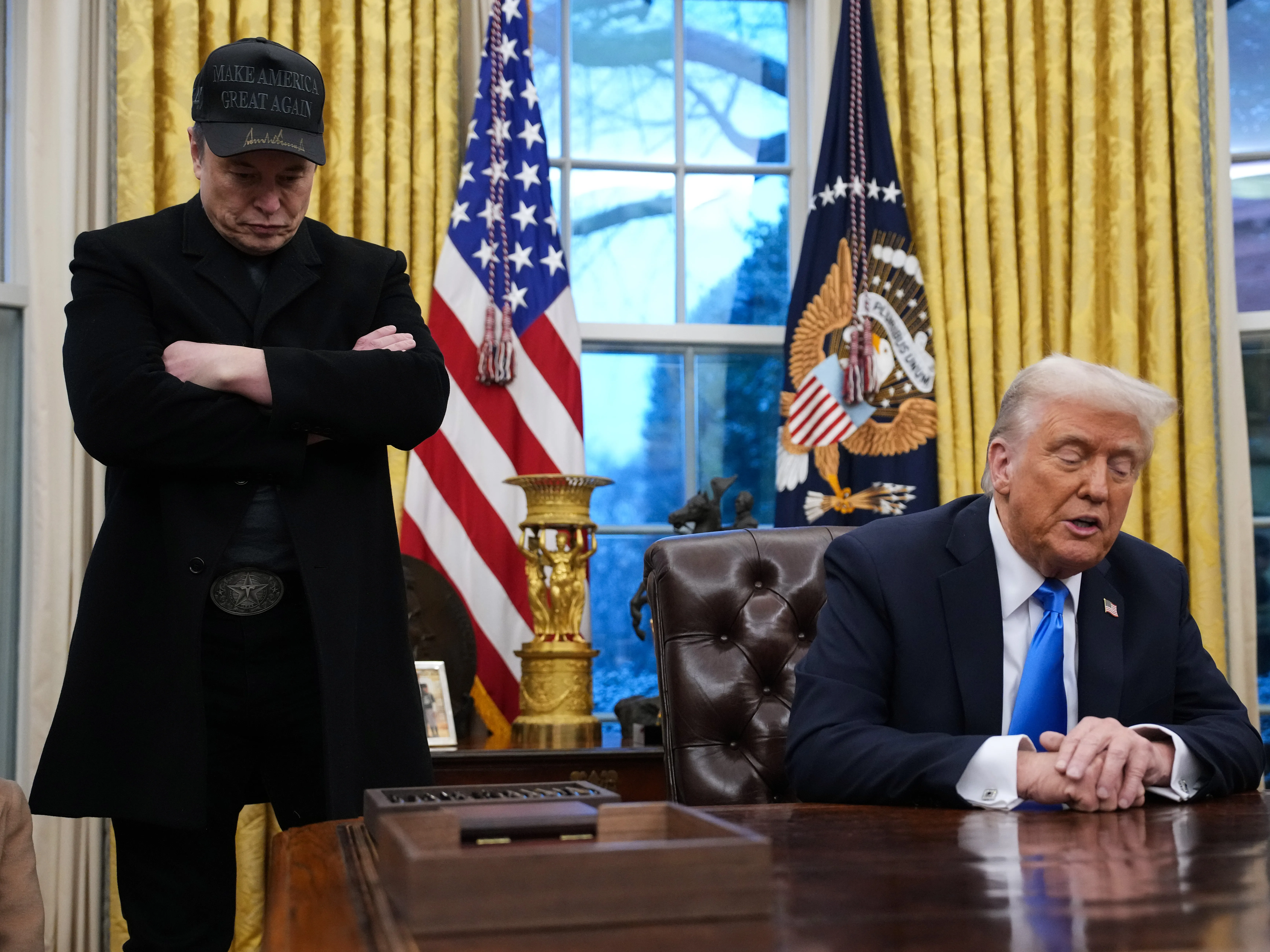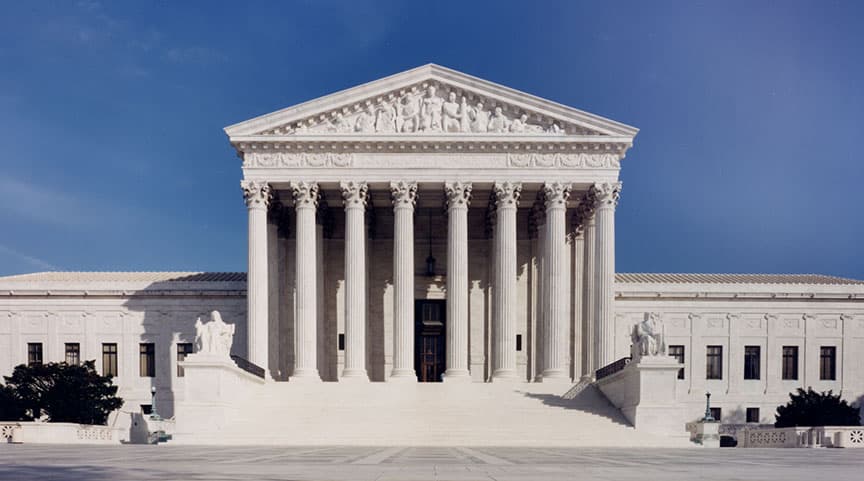The Supreme Court has just cleared a dangerous path for President Donald Trump, effectively allowing him to proceed with mass layoffs and the reorganization of federal agencies. This decision, made on July 8, 2025, is not just a routine legal maneuver; it is a direct assault on the principles of democratic governance and civil rights that many have fought hard to uphold.
Unprecedented Job Cuts Loom
The court"s decision comes in the wake of a ruling by U.S. District Judge Susan Illston, who had previously indicated that any major reorganization efforts must involve Congress. Illston argued that the president cannot unilaterally initiate large-scale workforce reductions without legislative input, stating that agencies cannot operate in blatant disregard of congressional mandates. However, the Supreme Court"s order has rendered Illston"s concerns moot, allowing Trump to implement his plans for mass firings across 19 federal agencies, including critical offices like the Office of Management and Budget and the Office of Personnel Management.
The Dissenting Voice of Justice Ketanji Brown Jackson
Justice Ketanji Brown Jackson stood alone in her dissent, articulating a profound concern about the implications of the majority"s decision. She characterized the ruling as "hubristic and senseless,” emphasizing that it undermines the very fabric of our democracy. Jackson"s dissent highlights the importance of checks and balances in governance, a principle that is now being eroded under the current administration.

Donald Trump press conference today: Watch live after guilty verdict
The Threat to Public Services
With the court"s green light, the Trump administration is poised to eliminate critical public services that millions of Americans rely on. Unions and nonprofit organizations, including the American Federation of State, County and Municipal Employees and local governments from cities like Chicago and Baltimore, have expressed alarm over the potential for statutory programs to be abolished outright. They argue that this could lead to radical downsizing of essential departments, jeopardizing the support systems that maintain public welfare.
Constitutional Authority Under Fire
The legal justification put forth by Solicitor General D. John Sauer claims that the president"s authority under Article II of the Constitution grants him unfettered control over federal agency personnel. This interpretation not only contradicts established legal precedents but also poses a significant threat to the collaborative governance model that is essential for effective public administration. By prioritizing a singular executive vision over collective legislative input, we risk creating a government that operates without accountability.

Federal layoffs 2025: See impacted agencies, including NPS ...
The Broader Implications for Civil Rights
The repercussions of this decision extend beyond workforce reductions; they threaten the very essence of civil rights and social justice in America. The potential for job losses disproportionately affects marginalized communities who are often the first to bear the brunt of such cuts. As reported by The New York Times, the groups challenging the president’s order have warned that these layoffs could dismantle programs designed to protect civil rights and promote equity.
The ruling also raises critical questions about the future of democratic governance in the U.S. If the president"s power to execute mass layoffs remains unchecked, what prevents future administrations from enacting similar measures that could undermine public trust in government institutions? The erosion of oversight and accountability is a slippery slope that could lead to authoritarian governance.
This decision is not merely a legal issue; it is a defining moment for our democracy, one that calls into question our commitment to the principles of inclusivity and representation in governance. The implications of the Supreme Court"s ruling will reverberate through the halls of power and into the lives of everyday Americans, particularly those who rely on federal programs for their livelihoods and well-being.


![[Video] Netanyahu submits formal pardon request to President Herzog](/_next/image?url=%2Fapi%2Fimage%2Fthumbnails%2Fthumbnail-1764500443499-cqsrbj-thumbnail.jpg&w=3840&q=75)

![[Video] More videos of ANTIFA activities emerge in Giessen](/_next/image?url=%2Fapi%2Fimage%2Fthumbnails%2Fthumbnail-1764454862523-wtbpg5-thumbnail.jpg&w=3840&q=75)
![[Video] Panama-flagged tanker M/T Mersin sinking off Senegal coast after attack](/_next/image?url=%2Fapi%2Fimage%2Fthumbnails%2Fthumbnail-1764510080363-qnetqq-thumbnail.jpg&w=3840&q=75)

